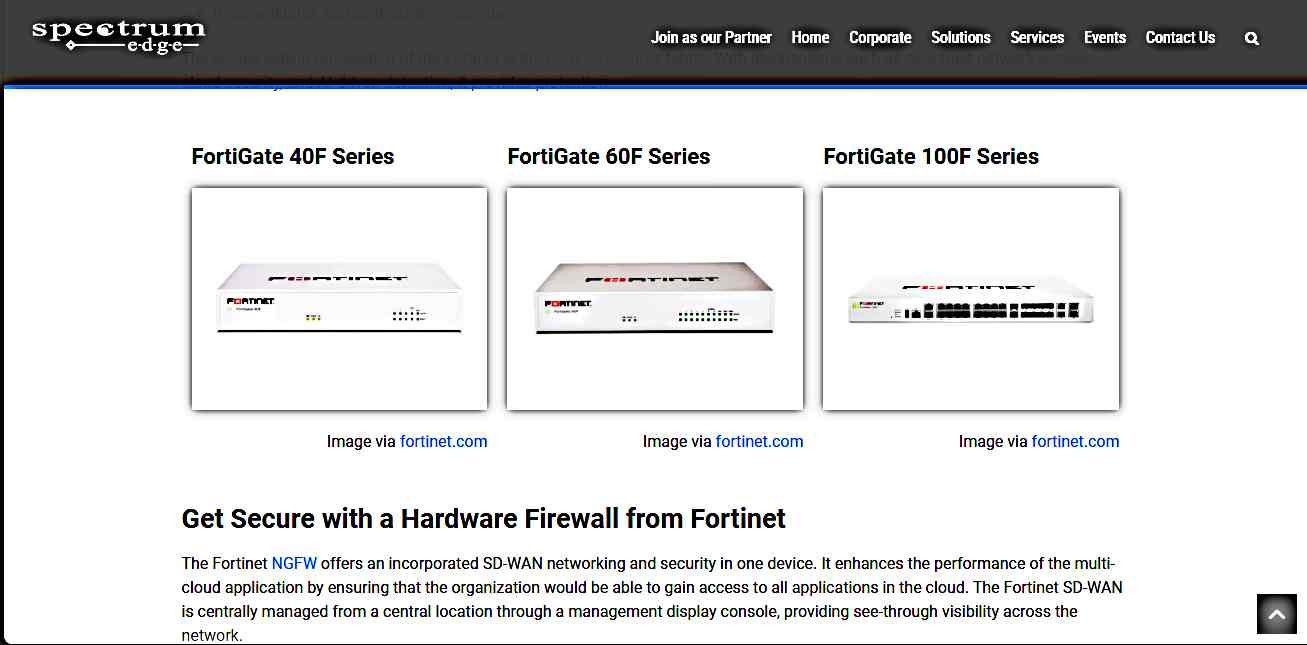Vigilant Guardians: How Firewall devices Monitor Network Activity and Logs
Introduction:
In the dynamic landscape of digital connectivity, maintaining the security and efficiency of a network requires vigilant oversight. Firewall devices, acting as the guardians of the network perimeter, play a crucial role in monitoring network activity and generating detailed logs. This article explores the multifaceted ways in which firewall devices act as vigilant monitors, providing administrators with insights into network traffic, potential security threats, and compliance with organizational policies.
1. The Sentinel Role of Firewall devices:
Positioned at the gateway between internal networks and the external world, firewall devices act as sentinels, scrutinizing the flow of data packets and making informed decisions about which packets are permitted or denied entry. This sentinel role extends beyond basic traffic filtering to encompass comprehensive monitoring of network activity and the generation of detailed logs.
2. Packet Inspection for Real-Time Visibility:
Firewall devices employ packet inspection to gain real-time visibility into network activity. This involves scrutinizing the content and characteristics of data packets as they traverse the network. By examining packet headers and payloads, firewalls can provide administrators with insights into the types of traffic entering and leaving the network.
– Identifying Protocols and Applications: Packet inspection allows firewall devices to identify the protocols and applications associated with network traffic. This visibility is essential for understanding the nature of communication within the network, including the use of specific applications, services, and protocols.
3. Stateful Inspection for Dynamic Network Awareness:
Stateful inspection, a more advanced technique employed by firewall devices, involves monitoring the state of active connections. This approach allows firewalls to maintain awareness of the context of communication, distinguishing between the initiation of connections and ongoing data exchanges. By dynamically adapting to changing network conditions, stateful inspection enhances real-time visibility.
– Understanding Active Connections: Stateful inspection enables firewall devices to understand the state of active connections. This includes recognizing established connections, tracking the flow of data within these connections, and adapting firewall policies based on the dynamic nature of network interactions.
4. Logging Network Activity:
Firewall devices generate detailed logs that capture various aspects of network activity. These logs serve as a valuable resource for administrators, offering a historical record of events, access attempts, and potential security incidents. Logging provides a comprehensive overview of network behavior, aiding in troubleshooting, forensic analysis, and the identification of anomalies.
– Capturing Critical Events: Firewall devices log critical events, such as access attempts, rule violations, and security policy enforcement. These logs provide administrators with a chronological record of network activities, allowing them to trace the sequence of events leading up to potential security incidents or disruptions.
5. Real-Time Monitoring Capabilities:
Firewall devices support real-time monitoring capabilities that empower administrators to observe network activity as it unfolds. Real-time monitoring tools provide graphical representations, charts, and statistics that offer a visual depiction of the current state of the network. This immediacy enables administrators to respond promptly to emerging threats or anomalies.
– Graphical Representations: Real-time monitoring tools often present graphical representations of network traffic, displaying data on bandwidth usage, active connections, and the distribution of traffic across different applications or services. These visuals enhance the ability to quickly identify patterns and abnormalities.
6. Alerts and Notifications for Immediate Action:
To ensure proactive network management, firewall devices can be configured to generate alerts and notifications based on predefined criteria. These alerts serve as early indicators of potential issues, enabling administrators to take immediate action to address security threats, policy violations, or unusual network behavior.
– Customizable Alert Thresholds: Administrators can set customizable alert thresholds for various parameters, such as the number of failed login attempts, bandwidth usage, or suspicious patterns in network traffic. When these thresholds are exceeded, alerts are triggered, prompting administrators to investigate and respond promptly.
7. Intrusion Detection and Prevention Systems (IDPS):
Integrated within firewall devices, Intrusion Detection and Prevention Systems (IDPS) actively monitor network activity for signs of malicious behavior. IDPS use signature-based detection, anomaly detection, and heuristic analysis to identify potential security threats. The logs generated by IDPS provide a detailed account of detected threats and the corresponding actions taken to mitigate them.
– Logging Detected Threats: IDPS within firewall devices log information about detected threats, including the type of threat, the affected system or user, and the actions taken to prevent or mitigate the threat. These logs are instrumental in understanding the security landscape and improving the overall security posture.
8. Compliance Monitoring and Reporting:
Firewall devices contribute to compliance monitoring by generating logs that demonstrate adherence to organizational policies and regulatory requirements. Compliance reports derived from these logs assist organizations in demonstrating due diligence and conformity with industry-specific standards.
– Audit Trails for Regulatory Compliance: Logs generated by firewall devices serve as audit trails for regulatory compliance. Organizations can use these logs to demonstrate that security policies are being enforced, access control measures are in place, and any deviations from compliance requirements are promptly addressed.
9. Historical Analysis and Forensic Capabilities:
The logs produced by firewall devices offer a treasure trove of data for historical analysis and forensic investigations. By reviewing historical logs, administrators can trace the evolution of network activity, identify patterns, and conduct post-incident analysis to understand the root causes of security incidents.
– Forensic Analysis of Security Incidents: In the event of a security incident, firewall device logs provide administrators with the information needed for forensic analysis. This includes identifying the timeline of events, understanding the methods employed by attackers, and determining the extent of the impact.
10. Integration with Security Information and Event Management (SIEM) Systems:
Firewall devices seamlessly integrate with Security Information and Event Management (SIEM) systems, enhancing the overall monitoring and response capabilities. SIEM systems aggregate and correlate data from various sources, including firewall devices, to provide a centralized view of network security.
– Centralized Log Management: Integration with SIEM systems allows for centralized log management, enabling administrators to correlate information from firewall devices with data from other security devices. This centralized approach enhances the effectiveness of monitoring and response efforts.
Conclusion:
In the intricate dance of network security, firewall devices emerge as vigilant monitors, observing the ebb and flow of data to ensure the integrity and resilience of the network. Their ability to scrutinize packets, inspect content, and generate detailed logs provides administrators with a comprehensive understanding of network activity. From real-time monitoring and immediate alerts to historical analysis and compliance reporting, firewall devices stand as indispensable tools for maintaining a secure and efficient network environment. As organizations navigate the complexities of digital connectivity, the vigilant monitoring capabilities of firewall devices empower administrators to respond promptly to emerging threats, enforce security policies, and continuously improve the overall security posture of their networks.



















